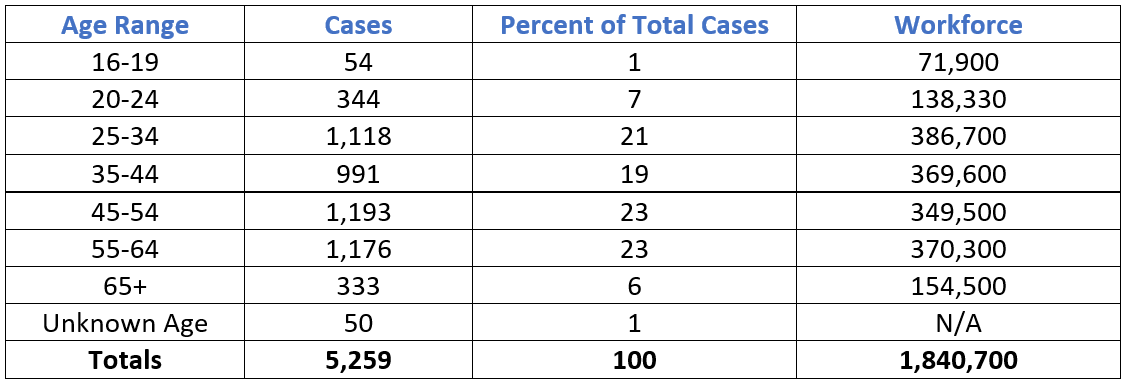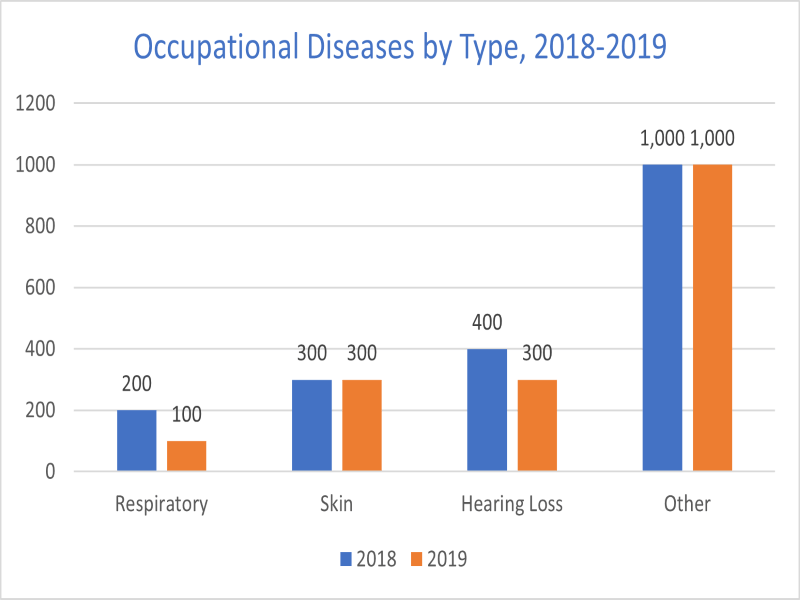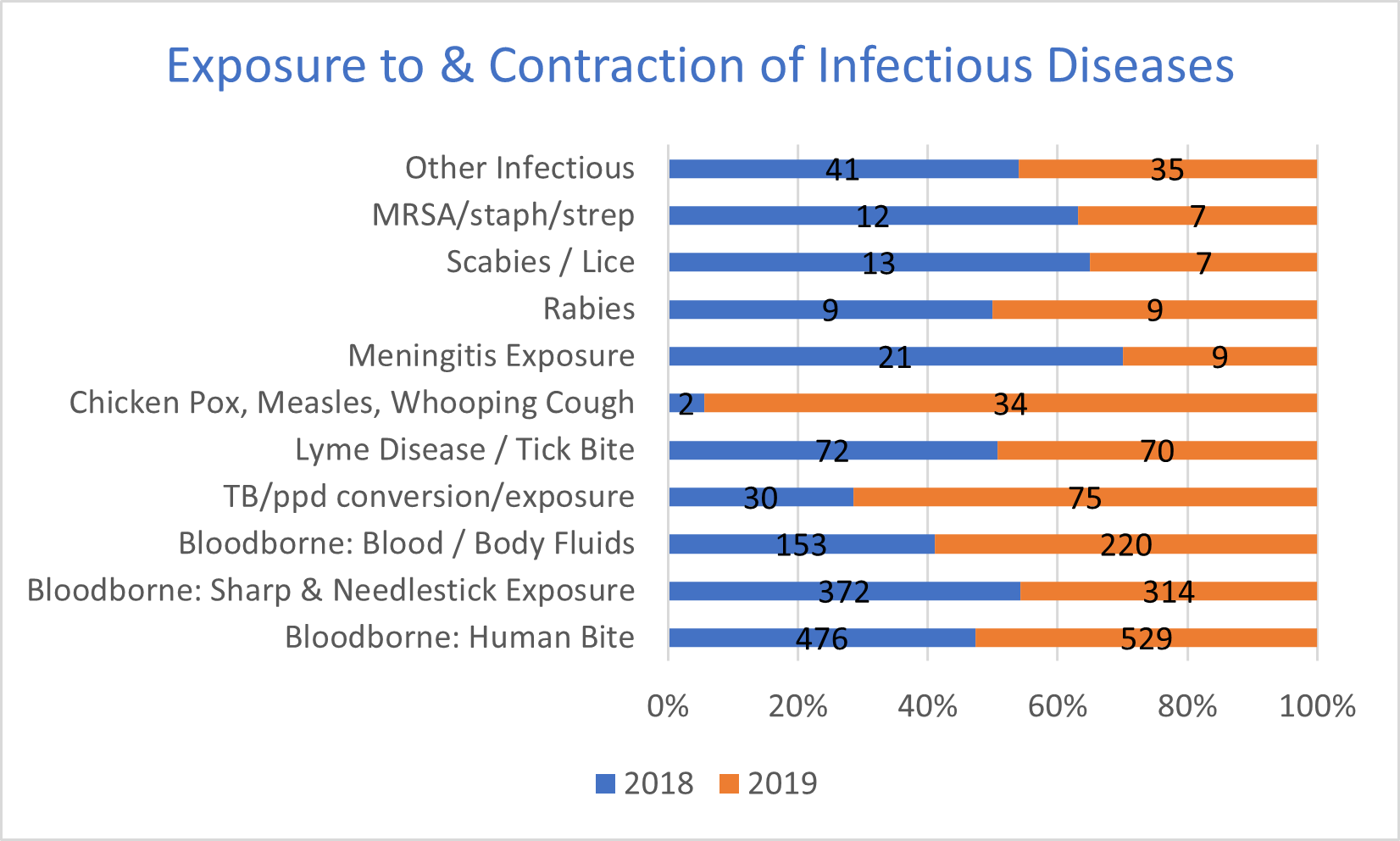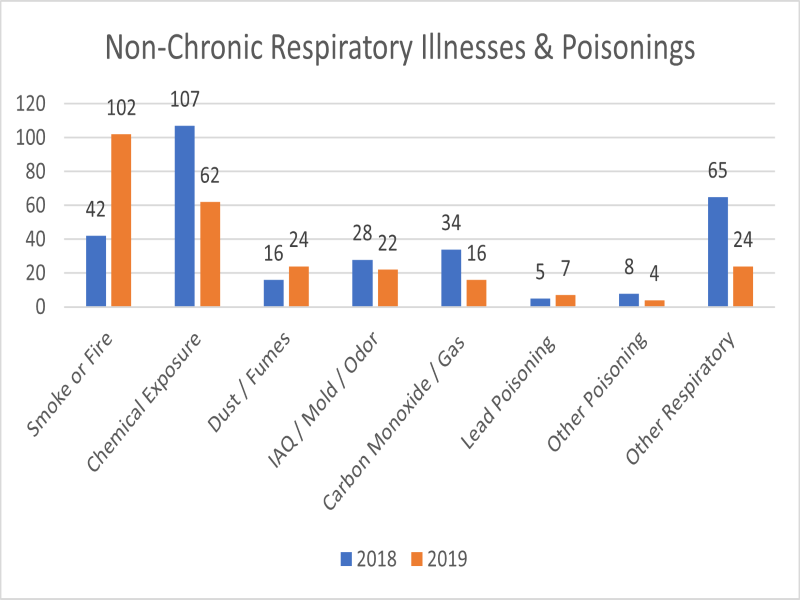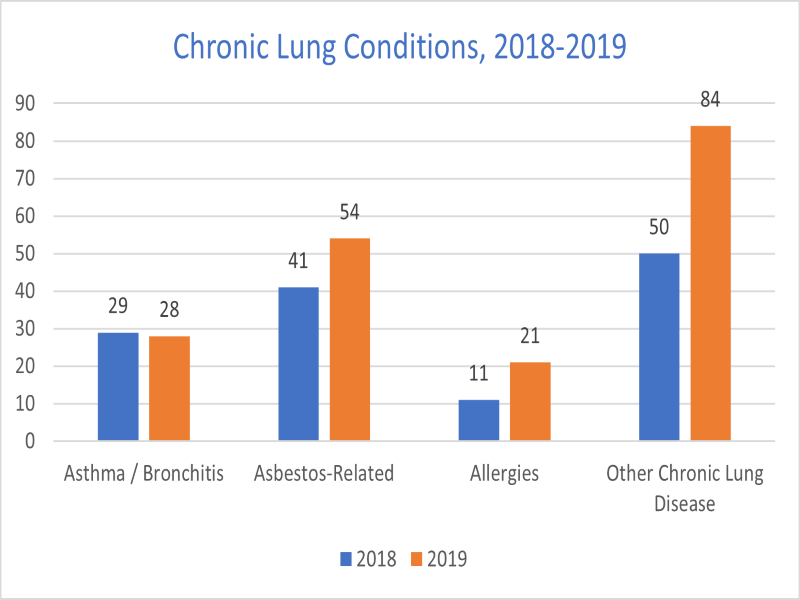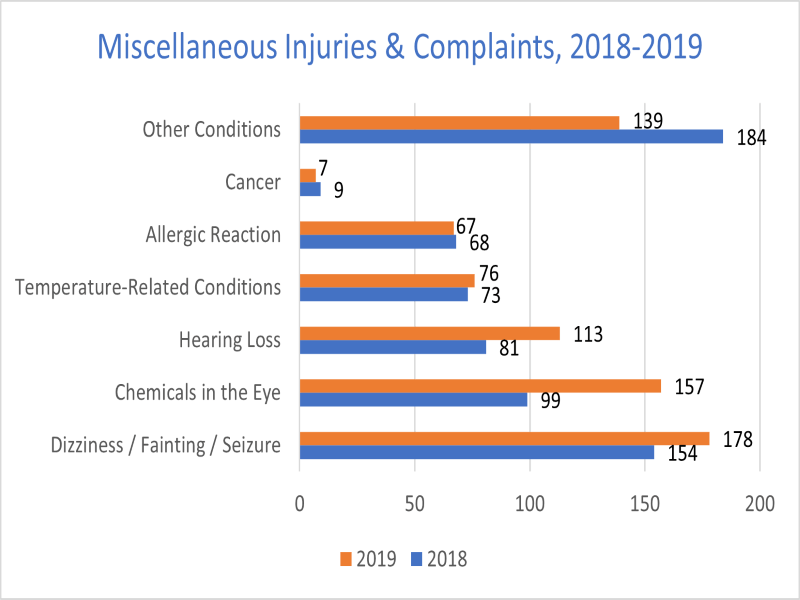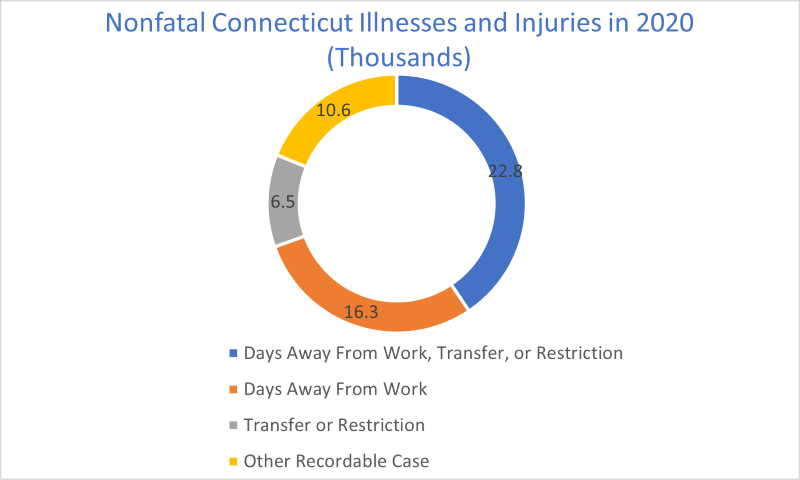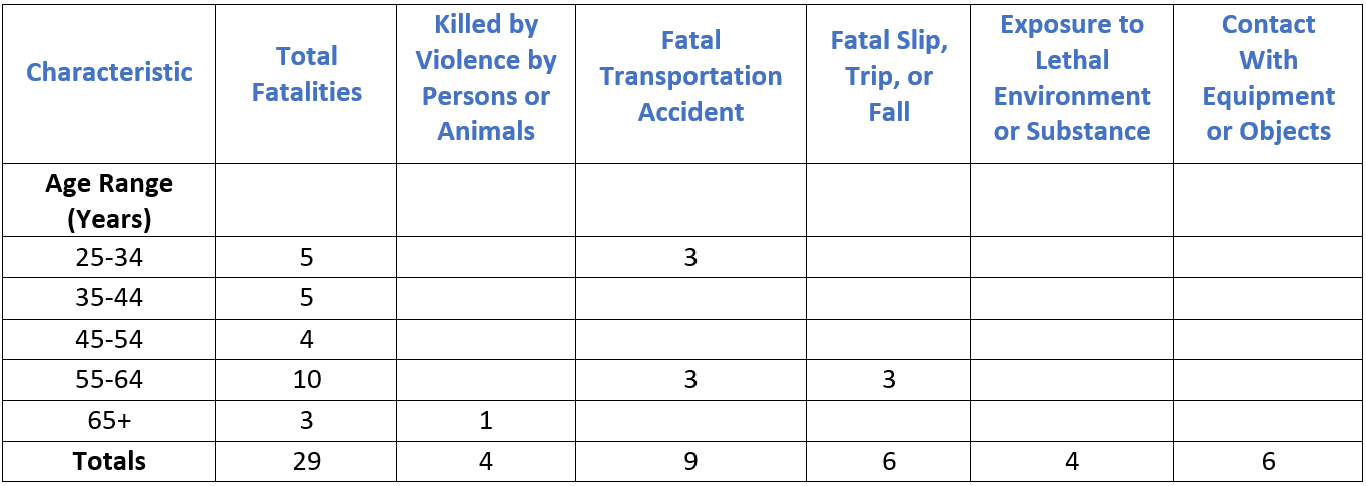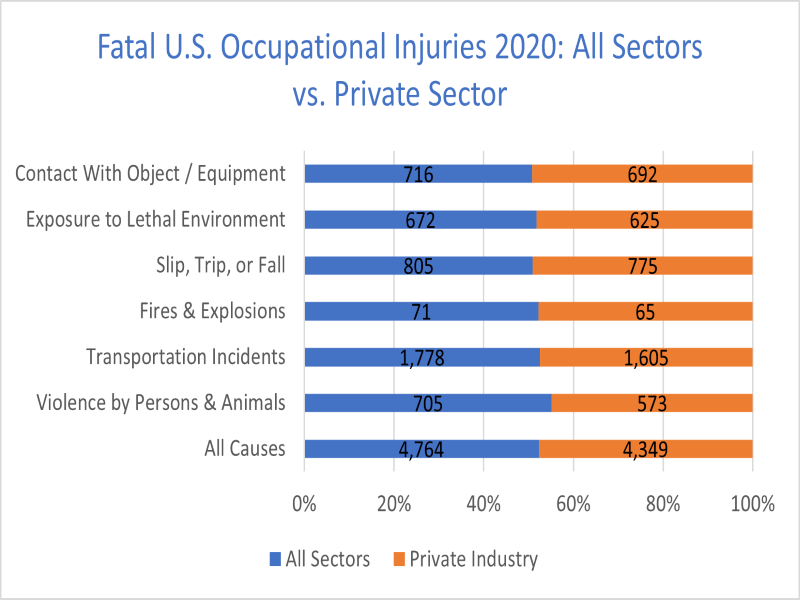
About the author: Bruce D. Jacobs
Partner at Jacobs & Jacobs, LLC
Bruce D. Jacobs, Partner at Jacobs & Jacobs, LLC, has dedicated over 48 years to advocating for personal injury victims across Connecticut. Admitted to the Connecticut Bar in 1977, he earned his J.D. from Washington University School of Law after completing a B.A. in Economics at Washington University. Based in New Haven, Bruce combines decades of legal knowledge with client-centered advocacy, building a strong reputation for excellence in personal injury litigation.


